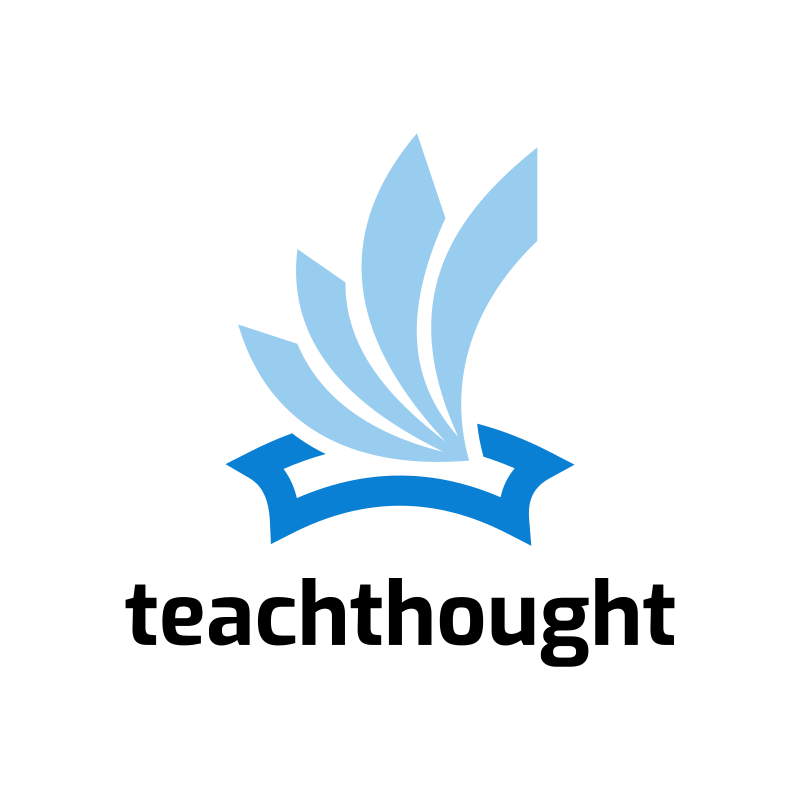Education’s Fascination With Uniformity
by Terry Heick
Ed note: This post has been updated and republished from an early 2013 post.
The Common Core standards aren’t awful.
They are wordy and dry and a bit confusing. They don’t go far enough in some areas (digital media fluency), and perhaps go too far in others (reducing the focus on humanities, especially literature). But in general, if you read them, there is very little in them that you couldn’t expect your own children to be able to do.
And while their “increased rigor” seems wildly overstated, they are clear in their effort to require learners to think carefully about content. And that’s not a bad thing.
A real issue, however, is one of precision and function: While decent, the adoption of a common set of national academic standards for K-12 public schools doesn’t solve the challenges inherent in mass compulsory education, among them:
- a lack of general social capacity on how and what students learn
- adult and institutionally-centered educational models that decenter learners in the name of processing and “efficiency”
- the consistent inability of formal learning environments to answer—with credibility—the question of “Why do we need to learn this?”
- an abundance of universal and impersonal learning that does not require curiosity or learner self-direction
- woefully dated learning models (see above)
- a lack of transparency between schools and communities about everything from data and performance to citizenship and “good work”
- the powerful impact of socioeconomic realities on literacy levels entering kindergarten
While the Common Core standards indeed provide a decent answer to a decent question (“What should our nation’s students learn?”), that “answer” subsumes already critically strained resources, training, and every teacher’s creative field-of-vision, all the while failing to answer more important questions, such as, “In light of modern technology and social habits, how can we best design learning experiences?”
Mississippi Writing Is Florida Writing Is Iowa Writing
Grant Wiggins wrote recently that “there is no such thing as Georgia Algebra or Montana Writing. In a mobile society, and based on economies of scale, common national standards make a lot of sense.”
While Grant has forgotten more about education than I’ll ever know, I’m not so sure about this one, but perhaps I’m a sucker for regional traditions.
Certainly writing is writing and math is math. But unfortunately, in many, many districts, the Common Core standards—and their requisite “data”—overshadow the curriculum and learning models to the point of absurdity. As it stands, the same schools that have jettisoned arts and music and humanities from their classrooms are clearly struggling to prioritize and find their stride.
They often stumble, whether lacking teacher training, clear district leadership, funding, or continuity of curriculum, to identify the magic formula of expertly parsed content + exceptional instructional design + meaningful work in authentic communities.
In these cases, where districts are unable to do the above, the standards win. Every time, if nothing else happens, direct instruction of an explicit standard with an imminent academic assessment will happen, as a matter of policy and law.
You can guess where that leaves curiosity and self-knowledge, humanities and the role of play in learning, innovation and creativity.
Not impossible, but nowhere close to the center of anything.
Diversity in Learning
I’m well aware this will likely be the least popular strand of an already unpopular argument (Common Core editorials are a dime a dozen, and rarely change anything), but that’s okay.
While writing is indeed writing and math is indeed math, there really is no reason that Ohio and New York and Kentucky and Arizona and California should teach reading and writing the same way. Phonics and basic fluency, of course, is indeed universal. But “reading” and decoding are different.
What if Kentucky valued tone and author voice in writing, in the tradition of great southern novelists, while Vermont valued structure and “readability” and California focused on technical writing, and thus text features and idea organization?
That’s not to say Kentucky can’t teach structure and Vermont can’t teach innovative use of tone, but what if learning is first personal, and thus local? Why is that wrong?
If northern France was more of a creative crowd, and southern France more commercial, and each region’s products and educational training reflected that, is that a bad thing?
Is homogeneity that irresistible?
It’s all a moot point really, because today most districts and states are so focused on the illusion of national jockeying and keeping up appearances that few states are willing to stand out at the risk of appearing apathetic about “college and career readiness,” a feel-good label few would argue against.
No one wants to be that school, that district, or that state, so national standards it is. And for so many educators, the term “national standards” has such a wonderful, tempting ring to it, implying authority, credibility, and even rigor.
So, in panic, we huddle together.
The supposed boon to resource and data sharing that comes as the product of a “national curriculum” isn’t real. The panacea of a “uniform workforce prepared to push American students to the forefront of a global industry” is also an illusion. If we have a nation full of citizens that think critically and patiently about the most important challenges we face, we will not only have increased ability to respond to challenges, but a decreased reason to do so.
Conclusion
After decades or mediocrity in learning and formal education, the Common Core standards, Race to the Top, and other federal programs seek to gather tens of millions together at once, as if the inertia of all of us together will be unstoppable no matter which direction we’re heading.
Historically, as a nation, our biggest challenge, diversity, has also been our biggest strength.
So it’s curious that we, in a time of such incredible change and possibility, turn to uniformity as our savior.
Image attribution flickr user woodleywonderworks; Education’s Curious Fascination With Uniformity
